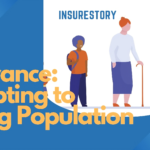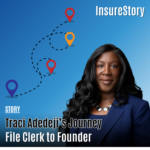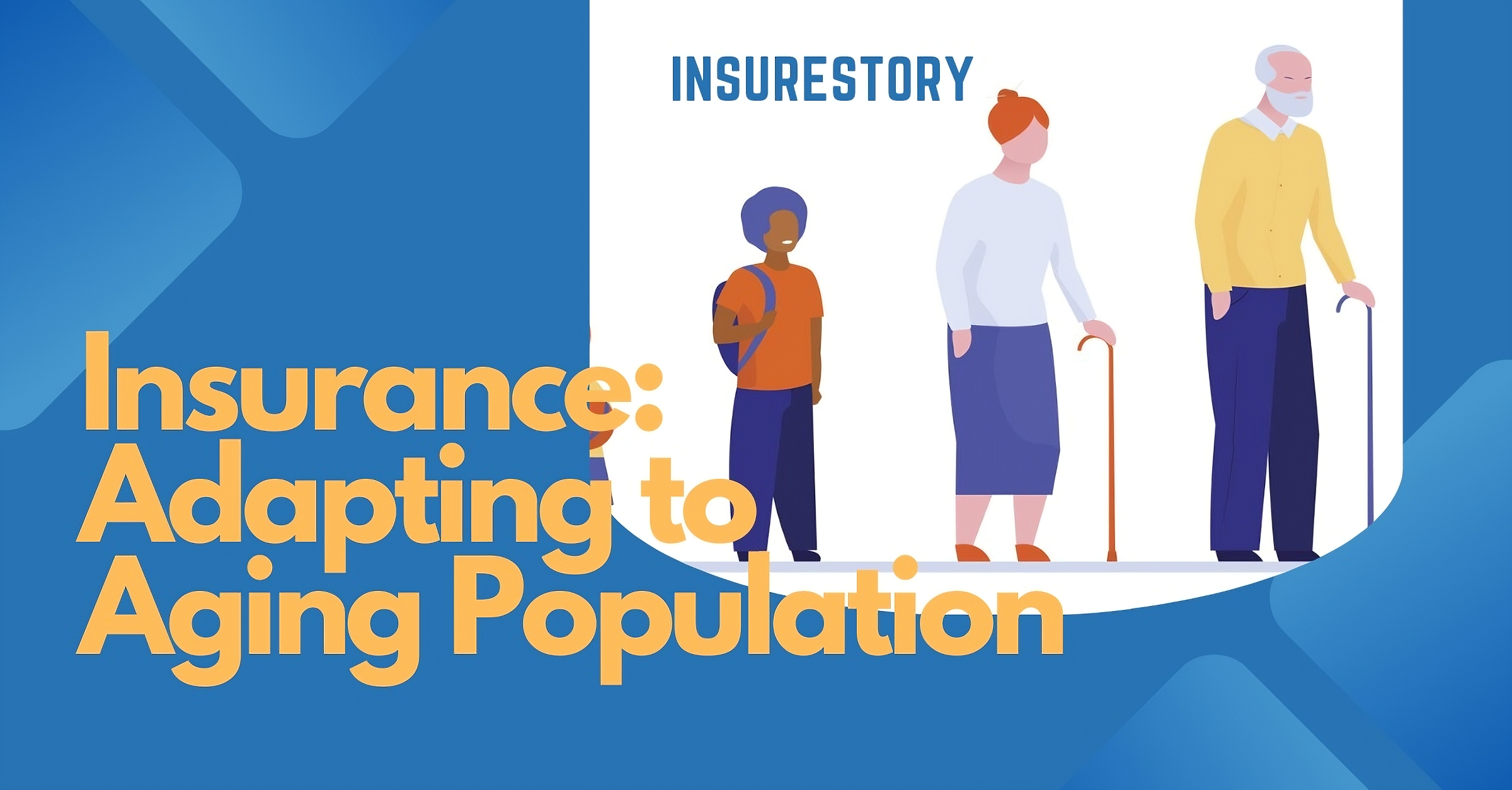Picture this: It’s 2050, and one in six people is over 65. That’s a lot of birthday candles! But beyond the celebrations, this aging population is reshaping the world—and the insurance industry is no exception. With a growing number of older adults worldwide, insurers are racing to tailor solutions that meet their evolving needs while tackling internal challenges like workforce transformation. The good news? Innovation is lighting the way. Let’s explore how the insurance industry is adapting to this silver wave and turning demographic shifts into opportunities.
Serving Older Customers: From Risks to Empowerment
Meet Jane, a 70-year-old retiree with a dream to travel Europe. She’s vibrant and adventurous but worried about health coverage abroad. Enter a new breed of insurers offering tailored travel policies for seniors, complete with telehealth services and emergency support. Jane books her trip with peace of mind—and that’s just the start.
As people live longer, their insurance needs are changing. Older customers aren’t just looking for traditional life or health policies; they want solutions that enhance their quality of life. Here’s how insurers are rising to the occasion:
- Enhanced Products for New Needs: Think long-term care insurance, supplemental health plans for chronic conditions, or even coverage for assistive technologies like hearing aids or mobility devices. These products are designed to support independence and well-being, not just mitigate risks.
- Tech Meets Touch: Technology is a game-changer, but it’s not one-size-fits-all. While digital platforms make services faster, many older adults prefer personal interaction. Leading insurers are striking a balance—offering user-friendly apps alongside dedicated advisors to ensure accessibility for all.
- Personalized Policies: With AI and data analytics, insurers can now craft policies that fit like a glove. Imagine a health plan that adjusts premiums based on activity levels tracked by a wearable device. It’s innovative, cost-effective, and puts older customers in the driver’s seat.
The message is clear: insurers who adapt to the unique needs of aging customers aren’t just selling policies—they’re building trust and loyalty.
Workforce Evolution: Bridging the Gap
The aging population isn’t just changing customer demands—it’s reshaping the insurance workforce. A recent survey estimates that 40% of insurance professionals will retire in the next decade, leaving a widening skills gap. This “silver tsunami” is a wake-up call, and insurers are responding with creativity and grit.
- Recruiting Tech Talent: Insurance might not sound as sexy as Silicon Valley, but it’s getting a makeover. Companies are partnering with tech schools and bootcamps to attract young, digitally fluent talent. They’re pitching stability, purpose, and the chance to solve real-world problems—an appealing combo for millennials and Gen Z.
- Reskilling the Team: For existing employees, upskilling is the name of the game. Insurers are rolling out training programs in data analytics, AI, and digital tools. Picture a veteran underwriter learning to crunch data alongside a fresh-faced coder—it’s a powerful blend of experience and innovation.
This dual approach is transforming insurance into a dynamic, tech-forward industry ready to tackle the future.
The Bigger Picture: A Future of Opportunity
The rise of an aging population isn’t a hurdle—it’s a launchpad. Insurers have a chance to redefine their role in society, moving beyond risk management to empowerment. Imagine a world where policies adapt in real-time to health data, where hybrid service models cater to every generation, and where diverse teams blend seasoned wisdom with cutting-edge skills.
As one industry expert put it, “Adapting to an aging population isn’t just about keeping up—it’s about leading the way in creating solutions that matter.”











